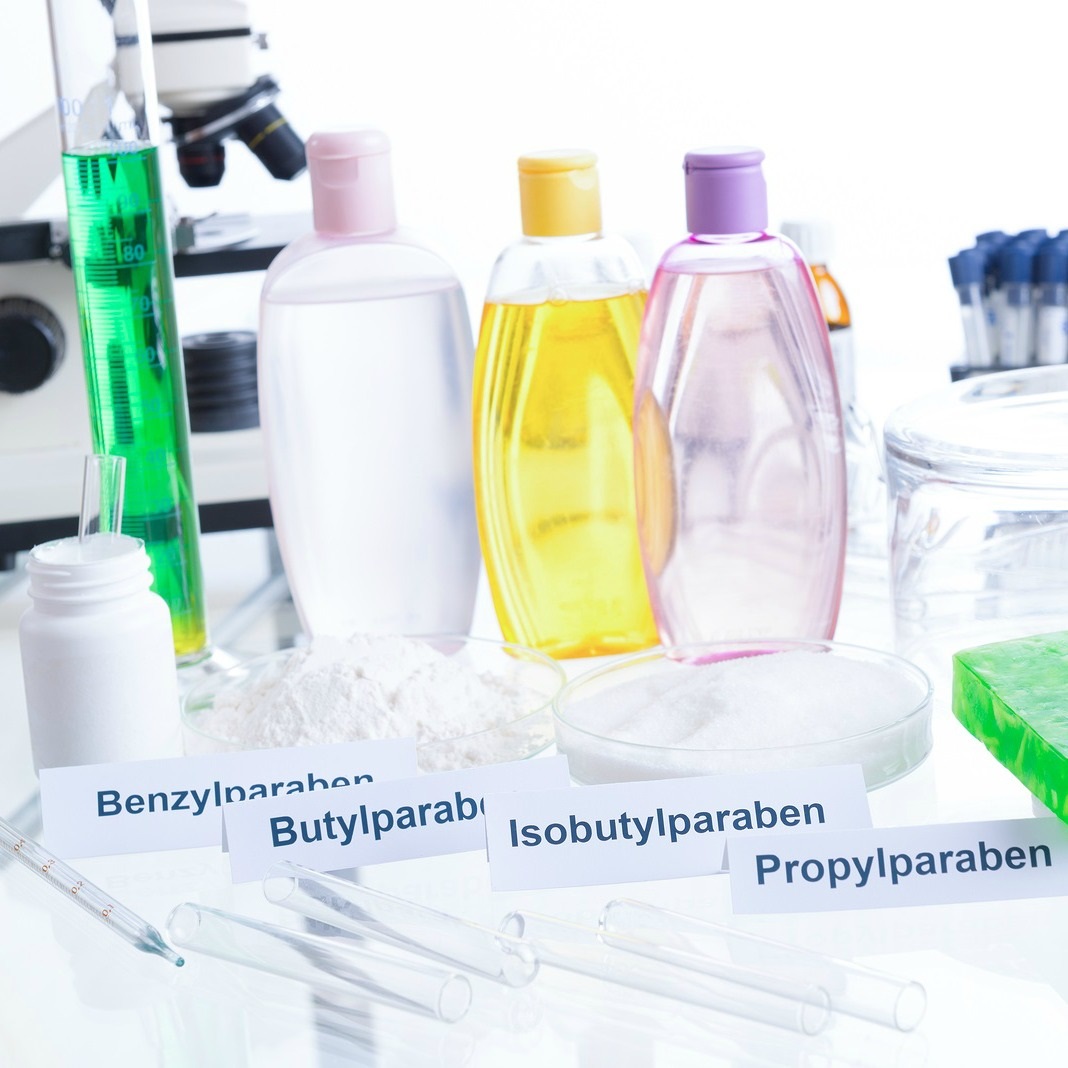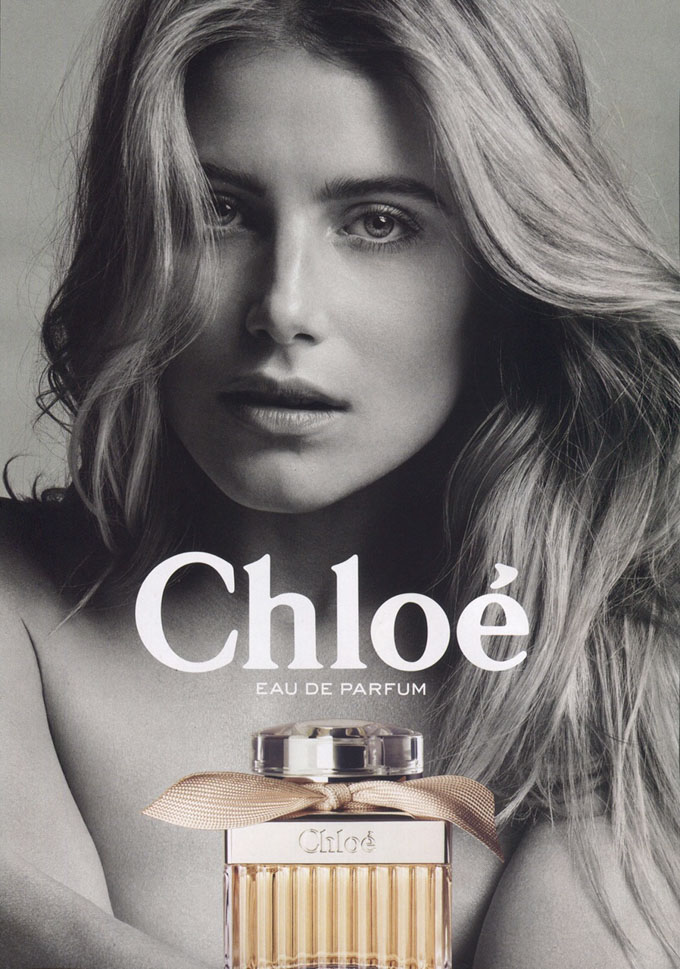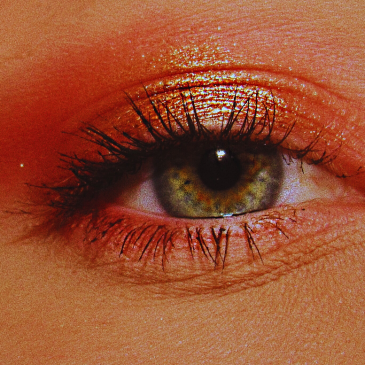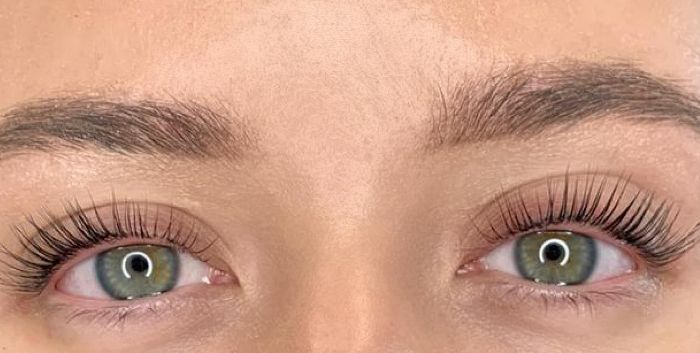Parabens, silicones, SLS, PEG and many, many more. The names of these substances send shivers up and down every beauty maniac’s spine. Really, should they? Find out whether the substances considered by majority as irritating do really harm our body.
There’s always a ‘but’…
First of all, before the cosmetics are sold in the territory of the UE or other well-developed countries, they have to be subjected to many rigorous tests. Once the products pass all the examinations, they can be put onto drug stores shelves. For that reason, you shouldn’t worry that a particular cosmetic might irritate your skin since it’s not supposed to. What’s interesting, synthetic substances tend to trigger less allergic reactions when compared to the action delivered by natural ingredients. Therefore, we shouldn’t be afraid of parabens, SLS and silicones especially when their concentration in a cosmetic is low. Way more hazardous substances are present in modified food and medicines.
PARABENS
This is a group of organic compounds easily found in nature. However, for the needs of the chemical industry they are produced synthetically. Once put into a cosmetic, parabens play the role of preservatives and counteract fungus and mould development. Moreover, parabens are mainly included in the products where the considerable part is made of water. The acceptable amount of these substances can’t exceed 25%. Usually, most cosmetic manufacturers use less than 0,3% of parabens in the cosmetics they produce. Last but not least, parabens might give allergic reactions to people with very sensitive complexion.
SLS and SLES
Sodium Lauryl Sulfate and Sodium Laureth Sulfate are detergents so, in other words, these are substances responsible for removing fats. Thanks to them, on the body surface the foam is created so as to remove all impurities that gathered. Despite their cleansing action, SLS and SLES can contribute to skin and hair dehydration. The truth is, it wasn’t that long ago when there was a notion stating that SLS was responsible for encouraging cancer. It was due to dioxane which was formed during production of the above-mentioned detergents. Luckily enough, in the cosmetics produced nowadays, the substance isn’t present at all.
PEG and PPG
These are synthetic substances that are present in washing products. PEG and PPF are responsible for connecting oils with water; they make the products foam. These substances ‘unseal’ natural skin protection barrier. As a consequence, dermis becomes more prone to damages, action of UV, free radicals and other damaging substances. Moreover, people who have sensitive and delicate skin, can become more prone to irritations if exposed to PEG and PPG.
SILICONES
These are substances of wax or oily consistency and can be found in hair cosmetics, anti-ageing creams and make-up foundations. Although silicones don’t cause irritations, they can clog acne-prone, oily and combination type of skin. These substances don’t penetrate into skin and hair but remain at their surfaces creating a kind of a protection layer. Silicones that are water-soluble have to be taken off with the help of regular make-up removing lotions. When it comes to insoluble silicones, these can be removed with preparations including SLS.
PARAFFIN
It’s obtained in the petroleum distillation process. The other name for paraffin is mineral oil. This substance is widely used in care, colour and make-up removing cosmetics. The good news is that paraffin is neutral to our skin and doesn’t trigger any allergic reactions. It acts superficially and doesn’t penetrate to deeper skin layers. On the other hand, mineral oil might clog skin pores. What’s interesting, paraffin is one of the main ingredients used for medicinal ointments production.




Leave a Reply